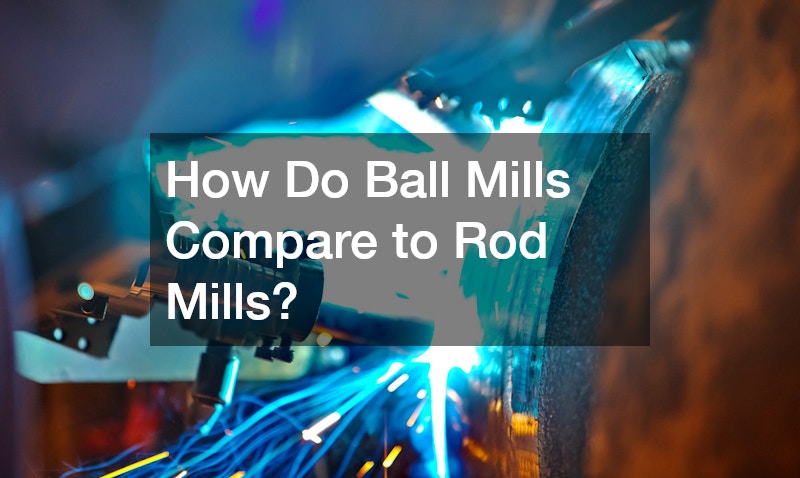Understanding the differences between ball mills and rod mills is essential for choosing the right equipment for your industry. Here’s a comparison of ball mills vs rod mills to help clarify their distinctions and applications.
Design and Functionality
Ball mills and rod mills differ significantly in their design and functionality. Ball mills use spherical grinding media, usually steel or ceramic balls, to crush and grind materials.
These balls rotate within a cylindrical drum, pulverizing the material through impact and attrition. On the other hand, rod mills employ long steel rods that line the interior of the drum and tumble in a parallel motion. This rod action effectively grinds the material through a combination of impact and rolling.
Grinding Efficiency

The grinding efficiency of ball mills vs rod mills varies based on the nature of the material being processed. Ball mills are typically more effective for finer grinding, producing a more uniform particle size. They are ideal for processing materials where precise particle size control is required, such as in the production of fine powders and clays. Conversely, rod mills are better suited for coarser grinding applications. They excel in breaking down larger, harder materials into smaller pieces, making them suitable for tasks like ore grinding in mineral processing.
Applications
The choice between ball mills vs rod mills largely depends on the specific application and material characteristics. Ball mills are favored in scenarios where precise particle size distribution and fine grinding are critical. Rod mills, however, are preferred in situations where coarser grinding and high capacity are necessary.







